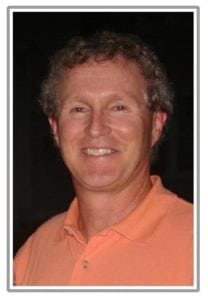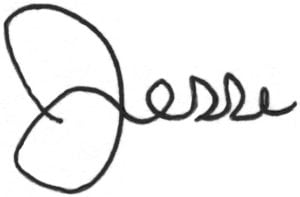
First an announcement! We have been working hard for the last 9 months on an online version of our Project Management Simulation workshop. Now we need test students. Check out the article in this newsletter regarding this free opportunity.
Like some of you, I have watched over the last few years as my total cholesterol number has risen steadily to the point where it is now time to either make a serious change in my diet and exercise, or start taking medication. For the previous five years (I started tracking it in 2002 – what else would a good project manager and engineer do?) I hovered in an acceptable and consistent range. It has only been in the last three years that I have seen a definite upward trend. Before my last measurement this May, I was hoping that the previous two years would turn out to be outliers and that I would see a 2010 number closer to the first five years of results, or at least be lower than 2009. I really did believe I would see a lower number and I was extremely disappointed when the number came in higher than the 2009 number. I immediately tried to “explain” the number to myself and justify to myself that I was still OK and that I would have another year to wait to see the trend finally reverse itself. Does this remind you of any projects you’ve managed or been part of? Have you ever had your manager say “isn’t it too early to tell” when you present a schedule or cost overrun? But a message to call the Doctor about my high cholesterol and with three years of increasing numbers staring me in the face, even the optimist in me Couldnt ignore the data and associated risk. It was time to start really managing this trend and the first step was to put together a recovery plan and implement it.
As I said in the beginning of this article, there are two basic recovery paths for high cholesterol; one, take medication, or two, change your diet and exercise more (of course there are several combinations of these two paths but I will keep the analysis simple by looking at each path separately). The quick and easy path is to start taking medication. In project terms the medication path begins with identifying the pain in the project (task, person, process, or tool) and then figuring out how to reduce, minimize, or mask the pain. Essentially you focus most of your effort on that specific pain point and the attention to that pain point typically results in the sought after improvement. What you don’t know at the time is how the focus impacts the rest of the project (in medical terms the “negative side effects”), and you also don’t know if the pain will come back when you eliminate the focus, or if you have cured it, or if it has moved to another place in the project waiting to be detected. In project management we call this “fire fighting”, putting water on the fire of the day, week, or month. It typically works for the intended pain, but usually misses the cause of the pain and more often than not, causes other pains to appear down the road.
The medication path is easy and can work, at least in the short run. But it can also cause other problems that may or may not appear immediately. I am not so attracted to the medication choice. The harder path is to change my diet and increase my exercise. This choice is harder to implement because it takes thought, planning and commitment. It will also take some time to see results. In project terms the diet and exercise path begins with a thoughtful analysis of the root cause of the project pain, not the pain itself. This is accomplished through open-ended questions of the people on the project – they know the answers, we just need to listen to them. Once the answers are identified, it is important to create a plan and look at both short and long term impact, including planning for any significant changes on the project. Lastly we need commitment to the plan and resulting changes. What are the benefits of the changes to the project team, the project, and stakeholders? Are there any intellectual reasons people will understand and buy in to for committing to this plan? You really have to market and sell the plan to be successful.
Writing this article is one of the first tasks in my “cholesterol reduction project plan” and part of my commitment process. Stay tuned – I plan (not hope) on being able to tell you next year at this time that my thinking, planning and commitment to diet and exercise were successful in lowering my cholesterol.
In his article, “Every Plan is Wrong”, Geof Lory discusses project plans and planning. At one point in the article he talks about “a call to a higher consciousness around the process of planning and our view of the outcomes of the process.” Doesn’t that peak your interest to read the entire article?
Our upcoming public workshops and webinars can be found on our website www.fissure.com – our computer simulation powered workshops the most effective and fun way to learn AND EARN PDUs. Make sure you also check out what’s happening at Fissure (Fissure News).
